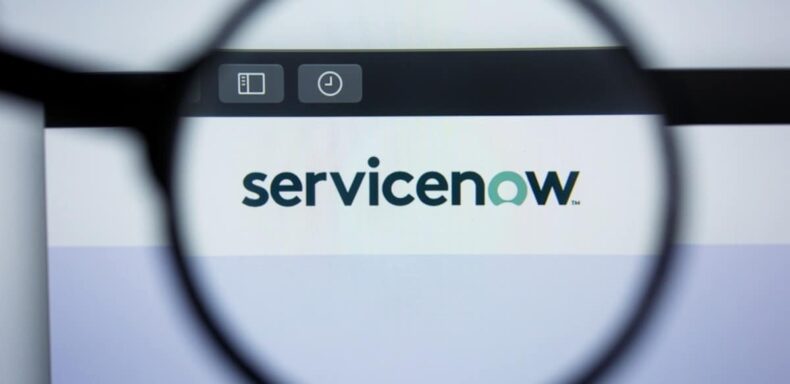The leading digital workflow company making the world work better for everyone today announced new solutions to help digitize today’s most pressing workplace productivity challenges.
These capabilities accelerate the automation of complex front- and back-office processes to improve customer, employee, and constituent experiences across the public and private sectors.
Built on the ServiceNow platform, the most recent capabilities, Automated service suggestions, Service Request Playbook, and Workplace Scenario Planning, accelerate the automation of complex, frequently offline processes for businesses and government agencies, assisting in the enhancement of service operations and customers, employee, and constituent experiences.
“Leaders are adopting a digital-first strategy with macroeconomic influences like inflation and supply chain disruptions continuing to impact the market,” stated Mickey North Rizza, group vice president at IDC.
Companies must now more than ever provide employees and customers with dependable products that create seamless experiences and quickly deliver value.
ServiceNow is assisting customers in unlocking more value and cost savings with new innovations that drive greater efficiency, coming shortly after the recent release of the Tokyo Platform.
“Our greatest inspiration comes from the challenges that our customers face. To quickly accelerate value across their organization, chief information officers are looking for technology that addresses contemporary workplace issues.”CJ Desai, chief operating officer at ServiceNow, stated that we’re working hard to roll out new features that meet the growing needs of our customers.
“To simplify everyday work, only the ServiceNow platform has the adaptability and extensibility to work in any organization, anywhere.”A technical blueprint is a foundation for robust service operations.
IT business services and application usage must be quickly mapped to the technology components that make up the organization. However, a lack of enterprise visibility, changing environments, and excessive manual processes make it difficult for IT administrators and service mapping analysts to create and maintain service maps.
Machine learning is used to automatically analyze an organization’s network traffic and suggest entry points for business-critical services with automated service suggestions, which are available through Service Mapping Plus.
With just a few simple clicks, IT departments can now create a high-fidelity service map of infrastructure and middleware, saving money and time. They can also produce more accurate enterprise-wide mapping, providing businesses with the service-relevant insights they need to make decisions and respond to new IT events quickly.
Service mapping, for instance, will enable IT, teams, to quickly identify the other systems and applications that power an organization’s email servers in the event of an outage. This will make it easier for teams to narrow their focus and find a solution.
Governments are working to improve how they respond to inbound service requests (like 311 in the United States). The constituent experience is hampered and costly gaps are created when outdated systems and procedures are used.
Built on ServiceNow Public Sector Digital Services, Service Request Playbook is a pre-packaged application designed to digitize and automate the service request process. It allows government workers to monitor the progress of back-office teams and improves efficiency and consistency.
In addition, the general public can easily track their status and request services from any location and on any device. As a result of hybrid work models, businesses must learn how to reorganize workspaces, manage change, and ensure that resources like heat and electricity are used responsibly. For workplace and facilities teams, this is frequently a complex, paper-based, manual process.
Workplace scenario planning, which is a component of workplace service delivery, enables businesses to operate more strategically throughout their workspace planning efforts in order to better manage expenditures and enhance the office environment.
Before implementing changes in an office, space planners can use a visual drag-and-drop interface to design, compare, and experiment with various space allocation scenarios. This allows space optimization, cost savings, and a more collaborative and productive office environment.












